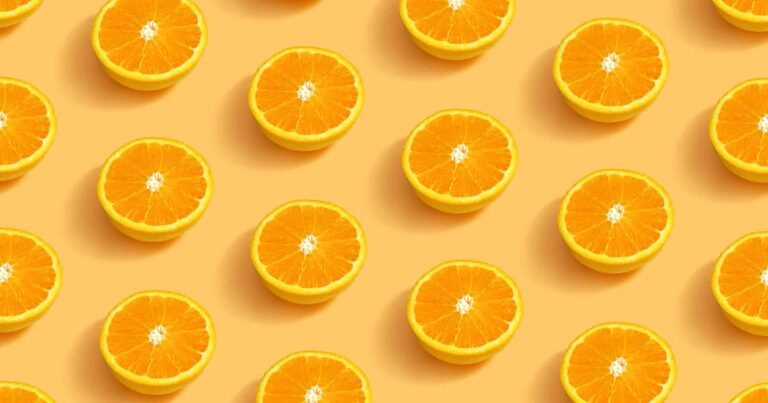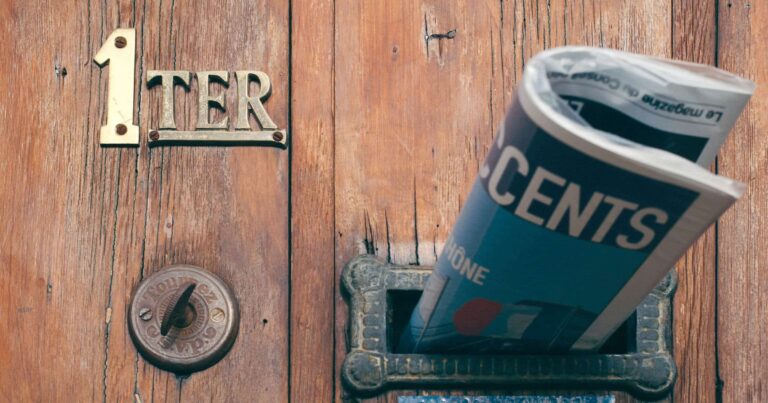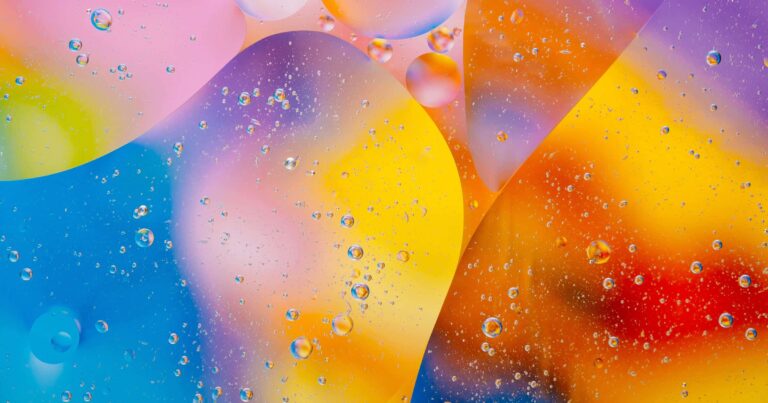People don’t want free local news? Not so fast…
This is an archive version of the 99 Newsletter Project newsletter originally published in February 2024.
Columbia Journalism Review published a post about a University of Pennsylvania study. The doom & gloom headline was: They gave local news away for free. Virtually nobody wanted it.
I saw this getting kicked around online, and I can’t tell you why I chose to read this post. Rarely will a “news business extinction event” piece help me learn something that makes me feel better.
But I did click, and the lede got me:
When 2,529 people were offered a free subscription to their local newspapers, the Pittsburgh Post-Gazette and the Philadelphia Inquirer, only forty-four accepted—less than 2 percent—according to an academic study set to be published this year in the American Journal of Political Science
My first thought was: This doesn’t sound bad, this sounds…promising.
I not only read the post, I downloaded the whole damn paper. And printed it out. And highlighted and took notes. This was out of character because I don’t do homework for fun!
After digging into this paper, I believe that this study highlights opportunities — not futility.
Before I share why, I must be clear: I have zero issues or complaints with Dan Hopkins and co-author Tori Gorton and how they conducted their research. This is political science research, and their method was sound. I’m not an academic. That isn’t my arena.
However, I have a different perspective. My perspective is built on decades of getting people to trade their hard-earned money for news products. That perspective got me excited about what’s possible as I read this study.
The big number here is 1.7%.
That’s the overall conversation rate: 44 of 2,529 in the treatment group took a free 12-week subscription to either the Philadelphia Inquirer or Pittsburgh Post-Gazette.
More specifically, I want to focus on a subset of the treatment group that received postcards in the mail. In addition to Facebook ads, the researchers mailed 1,068 postcards with the free subscription offer. Of those who received postcards, 13 people took the free subscription.
That’s a 1.22% direct mail response rate. That’s not a disaster, that’s a big win. Traditionally, 1-2% is a successful direct mail conversion rate. In my experience with news subscriptions, I’ve seen people at conferences boast about mailings that didn’t even make 1%.
Let’s dig deeper into why I find these results promising.
Reason 1: This mailing list has no history.
- Take the list that got 1.22% on the first mailing,
- Remove the Republicans,
- Expand to include more people who align more with the people who responded. This doesn’t mean aligning politically per se, could be geographically, or using the education data, etc.
I bet we could improve on the 1.22% — without changing anything else.
Reason 2: The offer raises flags
A free 12-week digital subscription looks like a valuable good on paper. But as you add context, it’s understandable why people might be reluctant to take it.
For starters, from robocalls to phishing emails to weird social media ads, people are peppered with scams several times a day. This raises a lot of reasonable suspicions.
Secondly, the news business has done itself a terrible disservice with the awful way we treat paying subscribers.
- Making people call to cancel.
- Wildly discounted promo rates that renew much higher.
- Charging people after they cancel.
All common issues with buying a subscription.
The researchers did nothing wrong here. The promotional materials clearly stated the free subscription was from the University of Pennsylvania and would not auto-renew. Unfortunately, most people aren’t going to read that.
To be honest, I wouldn’t have taken the offer either. At a glance, it doesn’t pass the smell test without doing more research. That’s too much cognitive load for direct mail.
Reason 3: The design is flat
Design and copy tie the whole piece together into something that makes people act. The postcards weren’t bad, but political science researchers aren’t direct mail designers.
The pieces aren’t something that would grab a person’s attention on the way from the mailbox to the trashcan. The copy is factual, but it’s not persuasive.
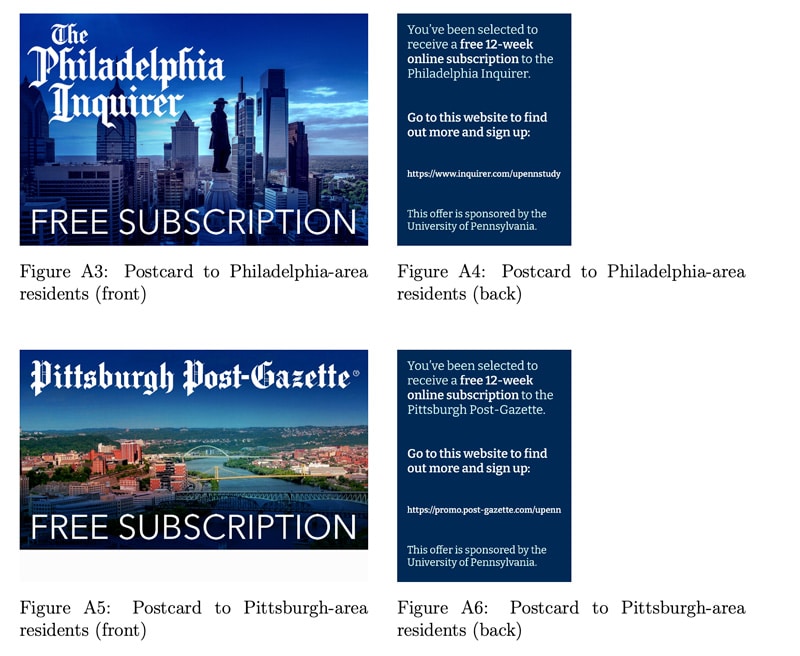
People buy things based on how they make them feel. A direct mail piece only has a split second to grab your attention long enough to make you feel something. Hopefully, that feeling is strong enough to continue the thought and take the offer.
Compare the pieces used in the study to a few from my archives:
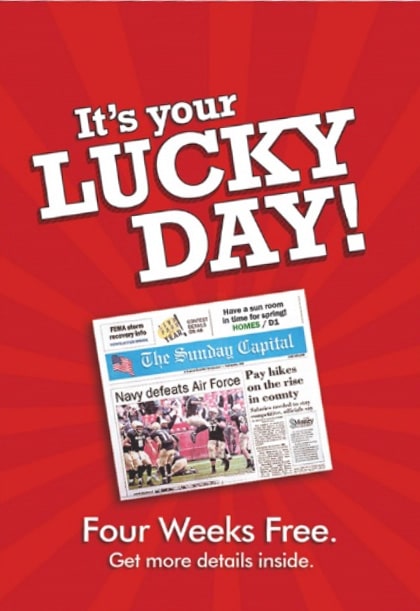
It’s your lucky day! What did I win? Winning makes me feel happy, how about you? The interior detailed different everyday life events, from a good first date to spending time with your grandkids. Unfortunately, I don’t have a copy of the inside anymore.
This piece had a 2.5% conversion rate pretty much every time we mailed it. It was a workhorse. We even applied the Lucky Day hook to different publications and different offers — and it still worked.
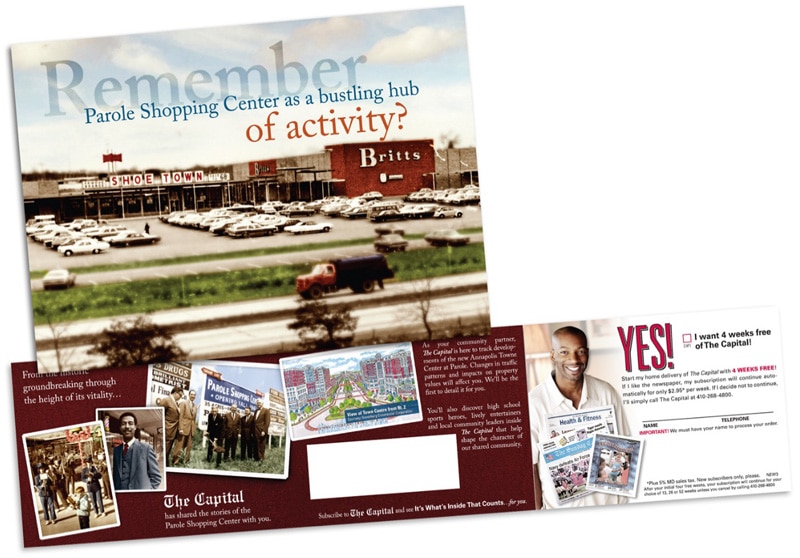
This piece aims to make you feel nostalgic. A once popular shopping center was nearing the end of its life. There were plans to redevelop the land into a new town center-style mixed-use development. This piece aimed to touch feelings of loss, but also curiosity and excitement — or fear of change.
This piece pulled a 5% conversion rate.
Lessons in leafy greens
The results disappointed the researchers, leading them to fear there is no demand for local news. For my money, their numbers show the opposite is true.
Is demand for news products as high as it was 30 years ago? Maybe not, but I don’t think it’s zero or not worth fighting for.
Think of it this way: Kale went from a Cheers punchline in 1990 to being on restaurant menus and emblazoned on sweatshirts like a pro sports team. Are you telling me we can sell kale but not news? C’mon, now!
But seriously, if we:
- Improve the list,
- Dial in the offer, and
- Punch up the creative,
Then it seems possible that we could hit a 1-3% response rate for a news product direct mail program. That’s a nice part of a subscriber acquisition strategy.
As long as you watch your costs and metrics, this has the potential to pay for itself while delivering reliable returns over time.
Get more updates like this, and
unsubscribe anytime with no hassle
You can opt-out at any time. For more details, please review the
Terms of Service and Privacy Notice.
Feature image photo by Chris Blonk on Unsplash

